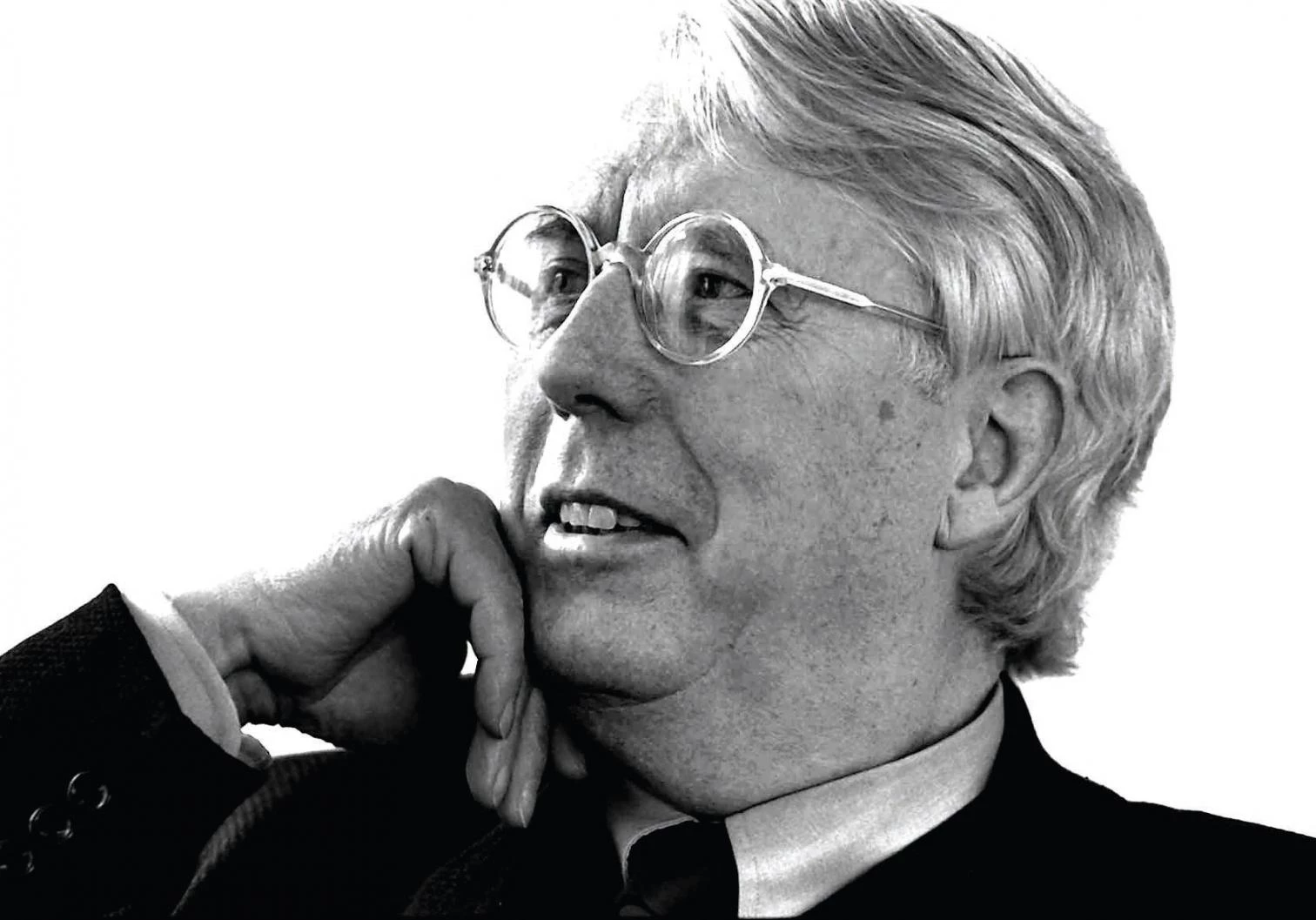
(1933-2004)
In a Berlin devastated by war and uncontrolled reconstruction, Kleihues spearheaded, in the mid-sixties, a critical uprising against mediocrity and the architectural crimes of a misinterpreted modernity. His efforts, parallel to that of other architects such as Aldo Rossi, were directed towards the recovery – and to a certain extent the glorification – of the traditional city. His first important project, a residential complex within a working class neighborhood in 1973, restored the classic Berlinese housing block as the basic territorial unit, starting a sort of responsible urbanistic counter-reformation, for good or for bad, of the image of contemporary Berlin. Kleihues established the International Building Exhibition (IBA) that between 1979 and 1987 intervened on a central area of West Berlin, and whose list of participants counted, among others, Álvaro Siza, Hans Hollein or Aldo Rossi himself. Though he advocated conservation, this did not keep him from firmly supporting the Jewish Museum by Daniel Libeskind, against his own radicalized disciples. Kleihues died at the age of 71 in the city that he helped change forever.





